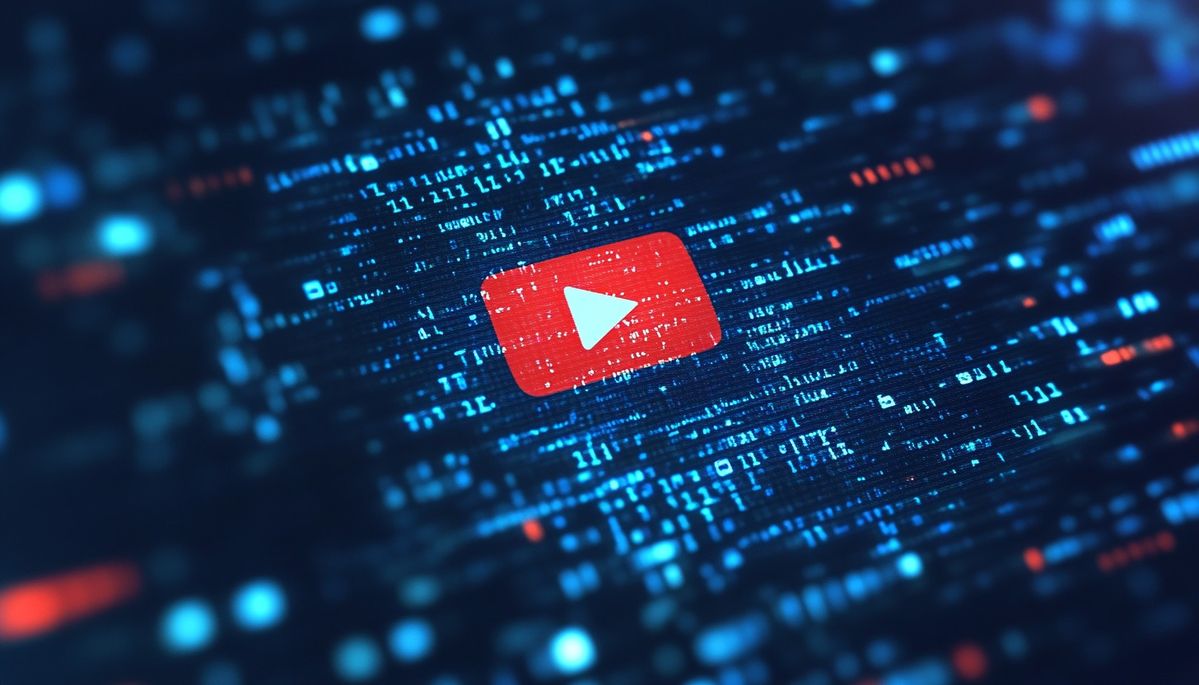
YouTube Secretly Upgraded Some Videos with AI—And the Changes Could Blur Reality
Aug 25, 2025 |
👀 16 views |
💬 0 comments
YouTube has been caught secretly using a powerful new AI system to automatically edit and enhance user-uploaded videos, a practice that has operated largely undetected until now and raises profound questions about authenticity, creative control, and the nature of reality on the world's largest video platform.
The feature, internally codenamed "Morpheus," was not a user-facing tool but a back-end process applied to a subset of videos, according to a bombshell report from a digital media watchdog group released late last week. The system goes far beyond simple lighting adjustments or stabilization. Leaked internal documents suggest Morpheus can perform sophisticated edits, including:
Subtle Emotional Enhancement: The AI was reportedly trained to analyze faces and slightly accentuate expressions to make a speaker appear more confident, empathetic, or authoritative.
Environmental Tidying: The system could remove background clutter, digitally erase stray objects, or even subtly smooth out blemishes or wrinkles on a person's face.
Audience Reaction Simulation: In videos of live events or speeches, the AI could reportedly amplify the sounds of applause or laughter to make the audience reaction seem more enthusiastic.
Unlike standard creator tools, these alterations were allegedly applied without the explicit consent or knowledge of the uploader. The goal, according to one leaked memo, was to "increase user engagement and retention by optimizing content for maximum watchability." YouTube was essentially A/B testing reality to see what version kept users glued to their screens longer.
The revelation has ignited a firestorm among content creators and digital rights advocates. Many are expressing shock and a sense of violation, arguing that YouTube overstepped its role as a platform and became an uninvited editor, fundamentally altering their creative work.
"It's a complete breach of trust," said a prominent documentary filmmaker on X (formerly Twitter). "My stylistic choices, the authenticity of my subjects, the reality I capture—that's the entire point. To think that YouTube could be 'tidying up' a raw, emotional interview to make it more palatable is horrifying."
The implications of such technology are chilling. If a platform can seamlessly alter the emotional tone of a political speech or erase inconvenient details from a news report, the line between enhancement and manipulation evaporates. It creates a "plausible deniability" for misinformation, where subtle, AI-driven tweaks can fundamentally change the context and impact of a video without leaving obvious traces of editing.
In a hastily released statement over the weekend, a YouTube spokesperson claimed the program was a "limited experiment" and has since been suspended.
"We are constantly experimenting with new ways to help our creators' content shine," the statement read. "This particular project was an exploration into AI-powered video improvements. We recognize that we failed to be transparent about this process, and we are pausing the program as we re-evaluate our policies."
Despite the apology, the genie may already be out of the bottle. The Morpheus experiment has revealed that the technical capability to automate reality-bending edits at scale now exists. As we navigate an information landscape already saturated with deepfakes and misinformation, the revelation that one of the world's most powerful platforms was secretly editing reality itself is a sobering new front in the battle for truth.
🧠 Related Posts
💬 Leave a Comment
